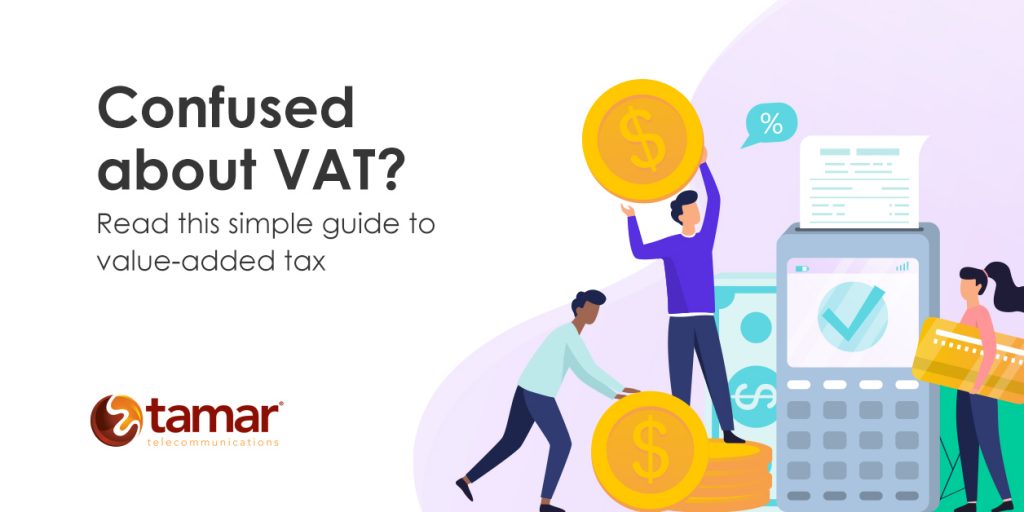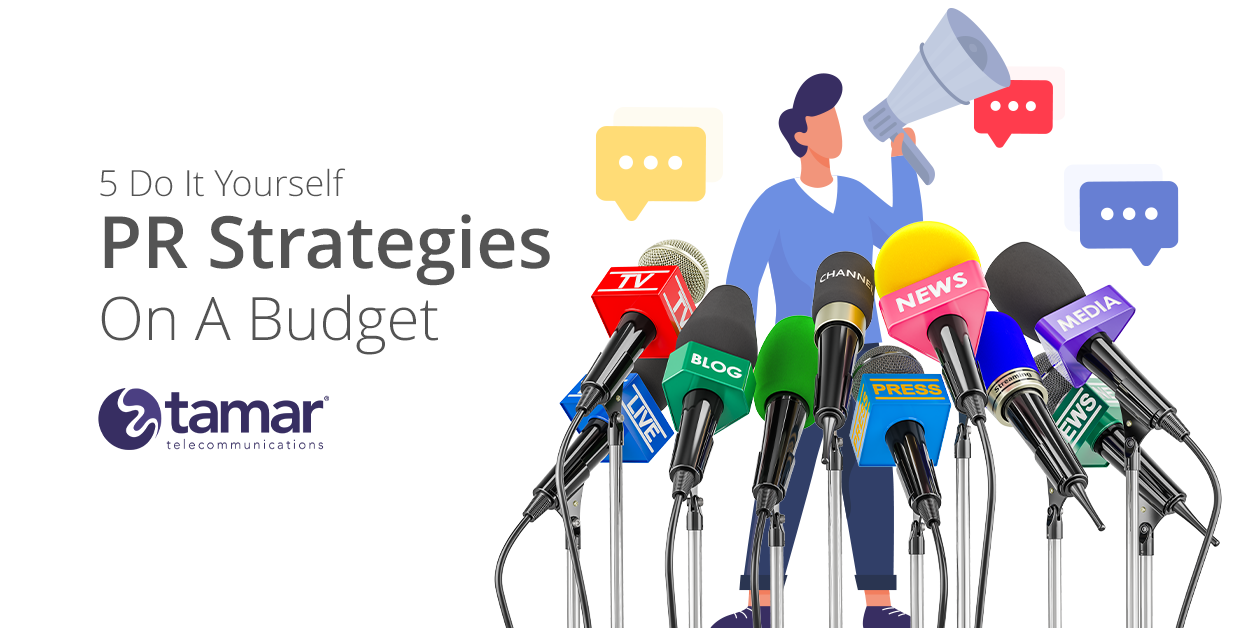If your business sells a significant volume of goods or services in the UK, it is probably required to pay VAT. In this simple guide, we explain what is VAT, and how your business can register for VAT and make VAT payments to HMRC.
If this all sounds daunting, you’ll be glad to hear there’s a silver lining, insofar as businesses can claim back the VAT they spend on business expenses such as stock, travel and equipment. We’ll explain how to do this at the end of the article.

What is value-added tax?
Registered businesses with taxable sales of over £85,000p.a. must pay value-added tax (VAT) on any taxable goods and services they sell.
Most goods and services are subject to the standard 20% rate of value added tax. This percentage is added to the net amount of the item’s price, to create the gross amount paid by customers or clients. Here are a few examples of how this works:
• A t-shirt has a net price of £5 > 20% VAT is added > customer pays the gross price of £6.
• A chocolate bar has a net price of 65p > 20% VAT is added > customer pays the gross price of 78p.
• A business consultancy charges a net price of £1,350 for its services > 20% VAT is added > client pays the gross price of £1,620.
From a consumer’s perspective, value added tax is a fixed part of the price they pay for goods and services. It’s a bit different when the customer is another business, as they may be able to claim the value added tax amount back from HMRC as an allowable business expense. It is for this reason that value added tax calculations are printed on documents such as restaurant receipts and corporate invoices: if the customer is using the goods or services for business purposes, they may need to show HMRC proof of the VAT charged, in order to support an expenses claim.
The standard value added tax rate has been raised and lowered several times since the 1970s, when value added tax passed into law. The last change was in 2011, when the coalition government increased the rate from 17.5% to 20%. The government has stated there will be no change to the rules for most UK businesses after Brexit, even in a ‘no deal’ scenario.
The purpose of value added tax is to generate government funds through taxing public spending. Alongside income tax and national insurance (N.I.) contributions, value added tax is one of the biggest sources of tax revenue collected by HMRC.
How to pay VAT
In order for a business to pay value added tax, it will first need to register to make the payments.
The easiest way to do this is to register online. This can be done at Gov.uk – a website which can also be used to register a limited company[TT article] or register as a sole trader.[TT article] Businesses are issued with a unique VAT reference number and certificate after the registration is successfully completed.
Once VAT-registered, the business must file an annual VAT return, at the end of whichever month they prefer. Payments to HMRC should be made at the same time as the VAT return, via online or telephone banking, CHAPS, direct debits, BACS, standing order, or at the business’s bank or building society.
It is good practice to make your value added tax return up to the same date as the end of your business’s financial year. Many businesses use an accountant to handle their tax returns, payments and registration.
Businesses should register to pay value added tax before their annual income on taxable sales exceeds £85,000. Businesses that register late can face penalties of up to 10-15% of their VAT bill.

Which goods and services have a reduced or 0% VAT rate?
Some types of goods and services are exempt from value added tax, and a few others are subject to a reduced VAT rate of 5%. These exceptions are due to government policies, ostensibly aimed at benefitting certain industries or groups of people.
Goods and services subject to the reduced VAT rate of 5% include:
• Energy-saving materials for use in residential buildings, such as solar panels and biomass boilers;
• Heating products such as radiators and boilers;
• Children’s car seats.
Goods and services which are exempt from VAT include:
• Certain food products which are sold cold (although many such foodstuffs are subject to the standard value added tax rate, including snacks, confectionary, alcoholic drinks, ice cream and mineral water);
• Some animals, plants, animal feeds and plant seeds;
• Physical education and sports activities;
• Some gambling products such as lottery tickets and online betting games;
• Education and training services;
• Printing of brochures and pamphlets;
• Books, magazines and newspapers.
This is just a sample of the goods and services which are subject to a 5% or 0% rate of value added tax. For complete information, see the government’s VAT rates for different goods and services.
Claiming back VAT on business expenses
When a business buys goods and services for business use, it can claim back the value added tax paid on those purchases.
These goods and services could include items such as office supplies and business travel. For example, if you were to buy an office printer, and you travelled by bus to collect that printer from the seller, you could claim back 20% of the money you spent on both the printer and the bus ticket.
Value added tax can also be claimed back on stock you have bought to sell on to customers. So, if a leather goods shop were to buy a load of wallets from a manufacturer, with a view to selling those wallets to its own customers, it could claim back the 20% VAT which would have applied to its purchase from the wholesaler.
Paying your VAT bill may seem like a chore – but the right to claim back the value added tax on business costs means that ultimately, businesses hold a privileged position within the economy, relative to the end consumer. Keeping meticulous details of business expenses and claiming back value added tax wherever applicable is crucial to maximising this benefit.







